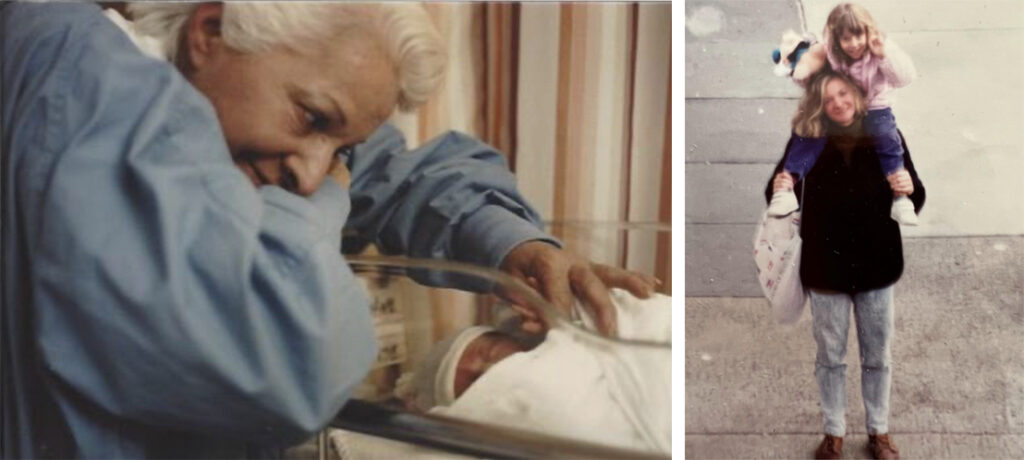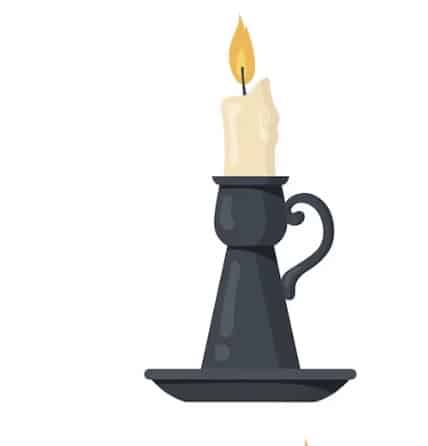By Lisa Scottoline

The great thing about summer is that we all take the time to slow down, which is especially necessary in a world buzzing with laptops and phones. Today I am marveling at the most perfect low-tech invention of all time:
The fan.
How great is a fan? No bells, whistles, or BTUs. It’s plastic, and it cost only fifteen dollars. You can’t even buy gum for fifteen dollars. I am in love with my fan, even though I have bad childhood memories of same.
Let me back up.
Growing up, we had no air conditioning, and I remember going to my friends’ houses, where they did. My best friend Rachel had something mysterious and great called Central Air, and we loved it so much that we would leave her house only for the movies, where they had air-conditioning and a blue banner that advertised as much, in letters so cold that they formed icicles.
Don’t pretend you don’t remember that sign, because you do.
Anyway at home, we had window fans, which were the source of much discord. The big debate was whether to turn them out or in. To me, even at age twelve, this was a no-brainer. One side blows air at you, and one side doesn’t. So which side should face you, as you sweat your butt off?
Of course.
Stick the fan in the window, so that it blows air on you. My father, brother, and I were aligned on this opinion, but we did not prevail, as we lived with a meteorologist.
Mother Mary.
You may not have known she was a meteorologist, but she was, when it came to interior weather. By the way, she was also a doctor, when it came to swimming after eating. And an electrician, when it came to toasters near water. Mothers are women of invisible degrees, and she was no exception.
Mother Mary held that the fan should be in the window turned out, so that it did not blow on you. Her theory was that if it was turned out, it would suck all the hot air from the room and blow it outside, thus cooling the room. Sadly, the fan came with no instructions to settle the argument, and in the end, you know who prevailed, so we turned our window fans out and sweated in our living room.
Yes, it sucked.
Mother Mary also believed in cross-ventilation. In fact, if you ever meet her, don’t get her started on cross-ventilation. She can talk about cross-ventilation like some people talk about politics. According to her, you should throw open two windows opposite from each other, and the air from one window will be sucked in, whoosh magically across the room, and blow out the other window, thus cooling all the Scottolines sweating inside.
This sucked, too.
We waited and waited for a breeze to cross-ventilate us, yet it never happened. So we whined and whined for an conditioner, and one day, they relented, albeit with a compromise. We would use fans and cross-ventilation in the living room, and in the dining room, we installed a window air-conditioner, which supposedly had enough BTUs to cool the entire first floor.
It didn’t.
It cooled the dining room, but we never used the dining room except for Christmas, Easter, or another day when something really good happened to Jesus Christ.
And the TV was in the living room, so we were always in the living room, sweating amid the inside-out fans and nonexistent cross-ventilation, while the dining room remained frosty, if empty.
When I grew up, I got to be the mother, so my house has central air, window air conditioners, and fans.
Overcompensate, much?
But this summer has been so cool that I’m using only the fan. It sits in the window next to my bed and whirrs pleasantly all night, cooling dogs, cats, and one middle-aged woman.
And it blows inside, the way God and General Electric intended.
Copyright Lisa Scottoline







